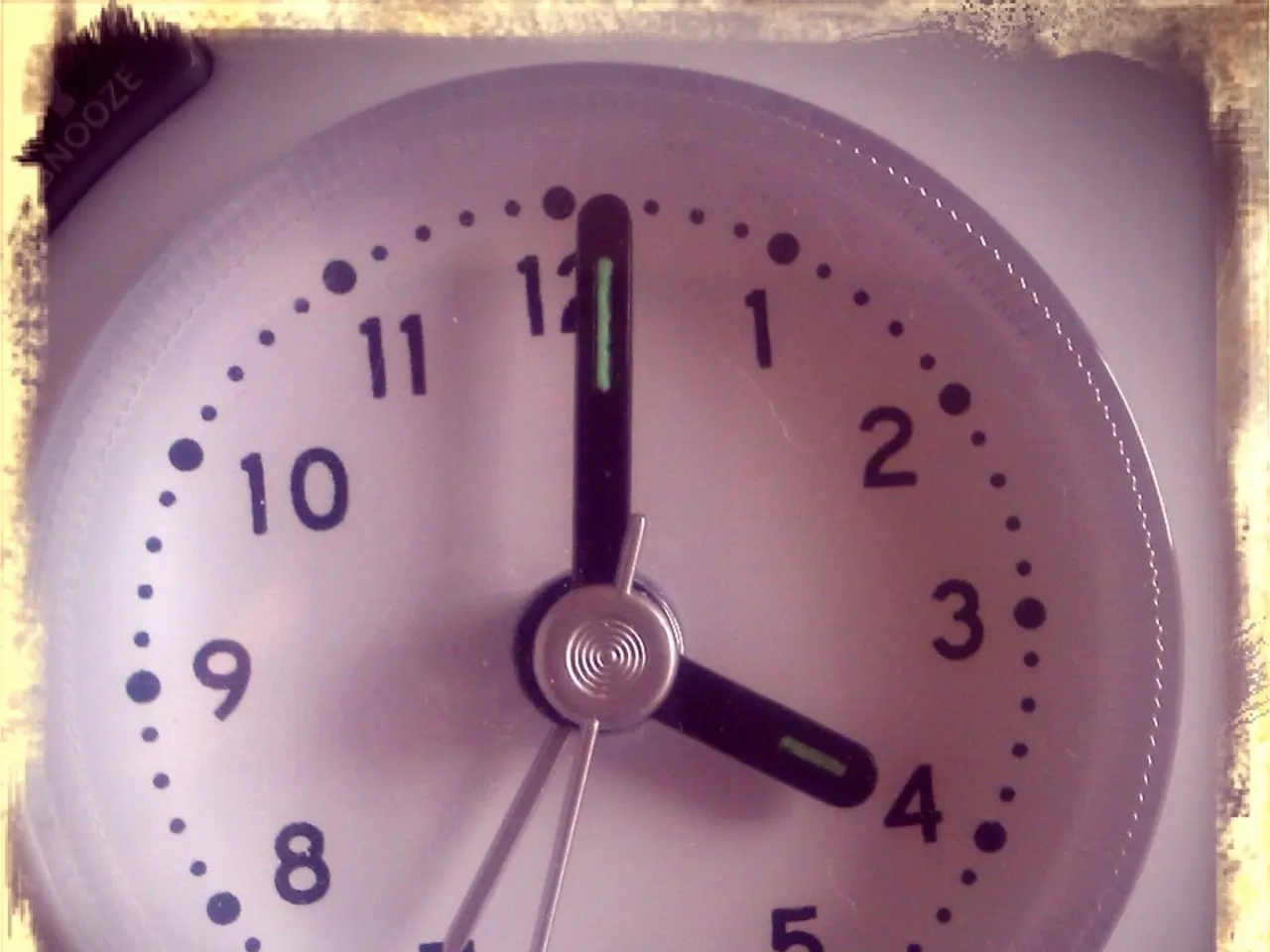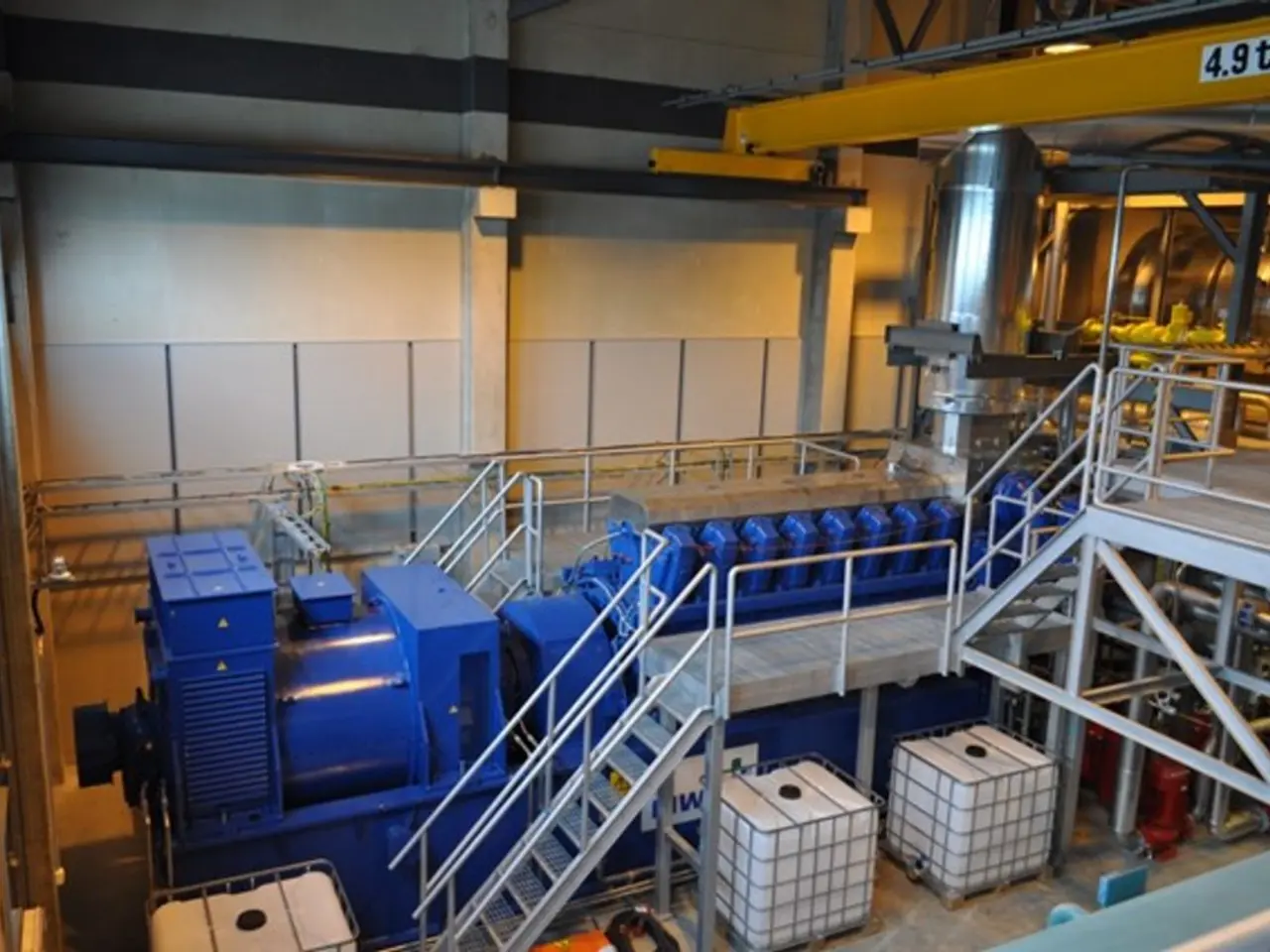Nintendo Sound Clock's Alarmo: A Discussion with the Developer - Sequel to Part 1 (Vol. 14)
In the world of video game development, projects like the Nintendo Sound Clock: Alarmo stand out as unique and complex endeavours. Unlike regular game software, the development process for Alarmo was significantly different, involving a blend of hardware and software components.
This cross-functional approach often presents common challenges. Miscommunications, coordination difficulties, and the need to integrate diverse technical domains effectively are typical hurdles. These issues can lead to delays, friction, and misunderstandings, especially under tight deadlines and high pressure.
One of the main challenges in such projects is synchronising development timelines. Hardware development cycles are typically longer and less flexible than software cycles, making it difficult to keep both aspects moving in harmony. Integration between firmware, physical components, and software often requires iterative testing and refinement to handle issues that arise only when hardware and software operate together.
Ensuring a smooth user interface can also be a challenge. As software becomes increasingly dependent on controlling hardware devices, usability problems can arise if the software is buggy or poorly designed. Breaking down silos is key, with organising cross-functional teams around shared concerns helping to align feature teams on their objectives while managing dependencies.
Fostering a culture of open communication, trust, and shared ownership is essential to overcome initial hurdles in collaboration and exploit the innovation benefits that such cross-disciplinary teams offer. The developers behind Alarmo, for instance, found that close collaboration and prototype creation were crucial in moving the project forward.
Akama-san, one of the developers, even started taking photos and videos of himself falling asleep and waking up, editing in sound, to better explain the desired sound effects. The team also set aside a week to refresh everyone's understanding and encourage free idea generation, resulting in ideas like recreating "Daruma-san ga koronda."
Despite these challenges, the developers behind Alarmo were not usually involved in cross-functional development. This meant that they had to provide specific details when communicating with programmers and engineers, such as defining "boing" or specifying acceptable response times. Small changes in hardware design could affect the system software and application, requiring modifications.
The complex development process of Alarmo required the team to share all their processes and run them in parallel. The improvement in the motion sensor's response was key to getting the project closer to the final product. The process of working closely together on a non-game product led to rediscovering the enjoyment of development and bringing the teams closer together.
The project involved collaboration between software and hardware developers, much like Ring Fit Adventure, a Nintendo SwitchTM software released in October 2019. Small changes in hardware design could affect the system software and application, requiring modifications. The developers faced challenges in deciding the specifications for the hardware of Nintendo Sound Clock: Alarmo, as there were no pre-existing rules to follow.
Miscommunications and differences in development culture led to development coming to a standstill multiple times, especially during the COVID-19 pandemic. Working on the entire development process from hardware design to system software and application development was beneficial in quickly tracking down issues.
The interview with the developers behind Nintendo Sound Clock: Alarmo is available from October 9th, offering insights into their experiences and the strategies they employed to overcome the unique challenges posed by this cross-functional project.
- The complex development process of Nintendo Sound Clock: Alarmo, similar to Ring Fit Adventure for the Nintendo Switch, required the team to coordinate between hardware and software developers, a task often fraught with challenges such as miscommunications, technical domain integration issues, and scheduling conflicts.
- To streamline the development process, the team implementing Nintendo Sound Clock: Alarmo found it necessary to have open communication, break down silos within teams, and foster a culture of shared ownership, as well as employ strategies like close collaboration, prototype creation, and regular idea generation sessions.
- Projects like Nintendo Sound Clock: Alarmo, which stretch the boundaries of video game development by integrating hardware components like motion sensors, occasionally necessitate detailed communication between developers and engineers, as small changes in hardware design can impact the system software and application, necessitating modifications.




